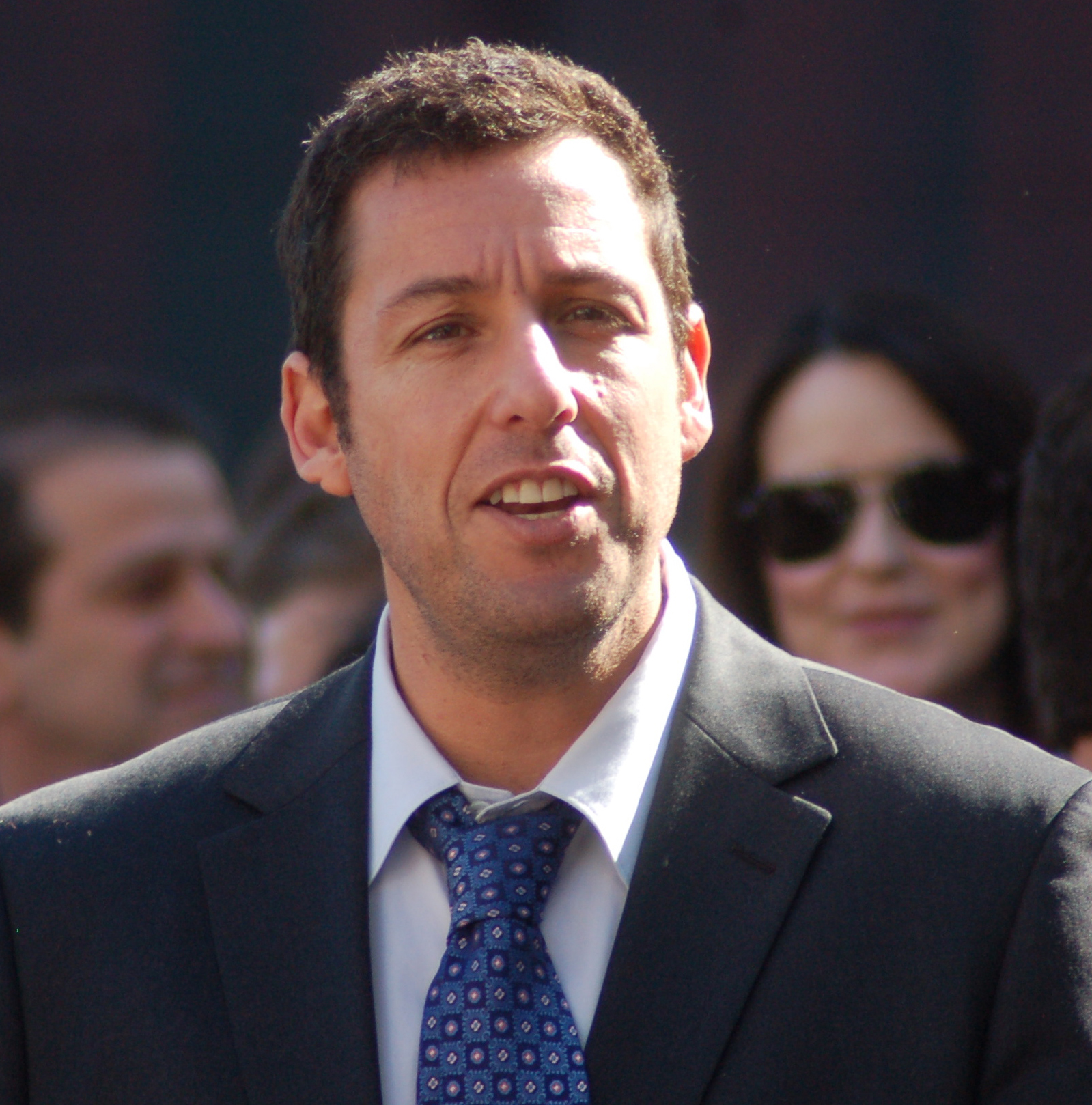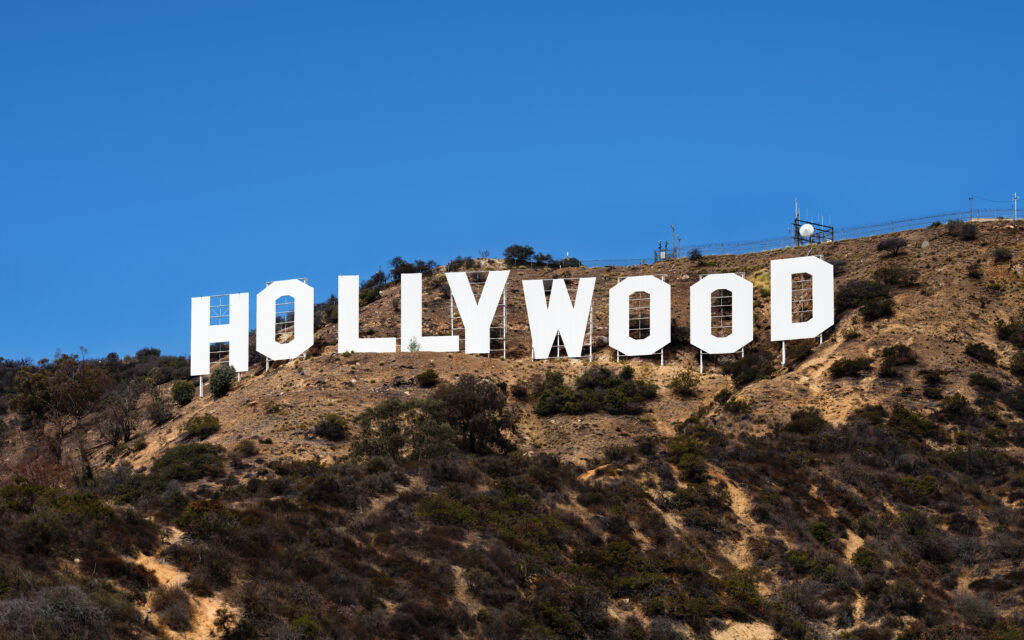
Hollywood has long mesmerized audiences with its dazzling glitz and intricate storytelling, crafting narratives that transport us to other worlds and evoke profound emotions. The silver screen, a canvas for boundless imagination, holds a captivating allure, uniting us in an enchanting world where the impossible becomes tangible. Yet, beneath the surface of this glamorous facade, within the hallowed halls of studios and on bustling film sets, lies a trove of secrets that many simply don’t know about—the ingenious methods and hidden artistry that truly make movie magic.
Behind every breathtaking scene and every unforgettable character lies a complex tapestry of innovation, meticulous planning, and often, sheer audacity. Filmmakers are, in essence, modern-day magicians, constantly pushing the boundaries of what is visually and narratively possible. They employ a myriad of techniques, some as old as cinema itself, others as cutting-edge as the latest digital advancements, all designed to create a seamless illusion that captivates and convinces. This isn’t just about special effects; it’s about every nuanced decision, every hidden trick that contributes to the grand spectacle.
Brace yourselves, movie lovers, as we embark on an exclusive journey into the heart of Tinseltown’s inner workings. We will unveil some of the most fascinating hidden truths and untold tales, revealing the dedication and brilliance behind every frame. From mind-bending stunts to subtle visual trickery, prepare to be astonished, for the truth of filmmaking is often stranger, and far more fascinating, than fiction. This tantalizing glimpse will leave everyone craving more, delving into the captivating enigma beneath every celluloid masterpiece.
1. **CGI Kisses and Digital Enhancements**In an era where computer-generated imagery permeates nearly every aspect of filmmaking, its application extends far beyond grand explosions and fantastical creatures, seeping into the most intimate and unexpected corners of a production. A prime example of this subtle, yet pervasive, digital intervention was seen in the film *You People* (2023), where, according to a costar, the kiss shared between Jonah Hill and Lauren London’s characters in the final wedding scene was actually a meticulously crafted CGI effect. This revelation underscores how seamlessly technology can be integrated, even in moments that appear entirely natural and spontaneous.
The ability to digitally manipulate and enhance actor appearances has become a vital tool for filmmakers, not just for aesthetic perfection but also for practical problem-solving. Consider the production of *Iron Man 3* (2013), where an unfortunate injury to Robert Downey Jr. halted production for six weeks. Rather than delay further, filmmakers ingeniously utilized CGI to superimpose Downey Jr.’s head onto a body double during the final scene. This allowed filming to continue, demonstrating CGI’s role as a flexible solution that can salvage complex production schedules and maintain narrative continuity despite unforeseen challenges.
These instances highlight how computer-generated magic has infiltrated every corner of Hollywood, moving beyond epic superhero showdowns to indie flicks craving a touch-up, ensuring that the final cut aligns perfectly with the director’s vision. The sophisticated algorithms and visual artistry allow for precise alterations to lighting, backgrounds, and even the most subtle expressions or physical interactions. This means that scenes which appear entirely authentic to the discerning eye of the audience might, in fact, be a composite of real performance and intricate digital wizardry, blurring the lines between what is tangible and what is imagined.
This evolving phenomenal capability of CGI means that filmmakers possess an unprecedented level of control over every frame. While audiences are often wowed by the overt spectacles, it is often these quieter, almost invisible applications of digital enhancement that truly cement the illusion, allowing narratives to unfold without disruption. The seamless integration ensures that the integrity of the storytelling remains paramount, even as the techniques employed behind the scenes become ever more complex and sophisticated. It’s a testament to the fact that movie magic is as much about solving practical problems as it is about creating fantastical realms.
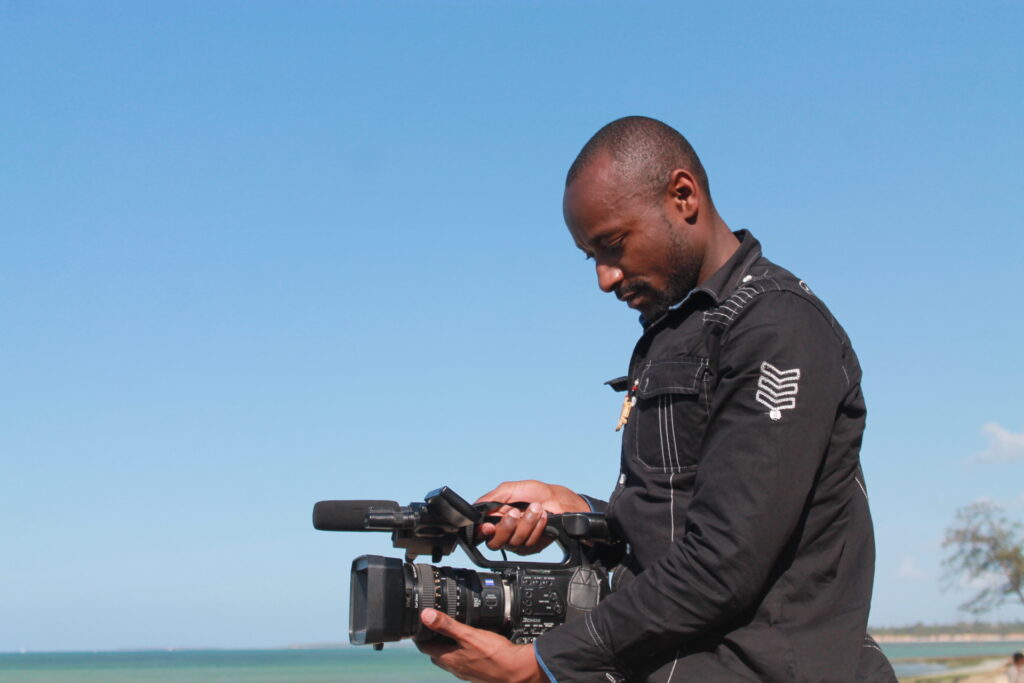
2. **Clever Reflection Control**Filmmaking, at its core, is an art of meticulous control, particularly when it comes to visual continuity and the avoidance of unintended revelations. One of the subtle yet significant challenges on any set involves managing reflections, especially when characters wear glasses in close-up shots. The presence of reflective surfaces often risks revealing the film crew, lighting equipment, or other elements that would shatter the carefully constructed illusion for the audience. This is where the ingenuity of the key grip comes into play, a craft that combines technical skill with artistic problem-solving.
In the critically acclaimed film *Knives Out* (2019), this challenge was addressed with remarkable cleverness. Matt Mania, the movie’s Key Grip, devised a brilliant solution for scenes featuring characters in eyeglasses. He created special appliques, or sculpted mattes, which were placed over the lighting equipment. These ingenious shapes were designed to reshape the lights, making their reflections appear as realistic scenery one would expect to see in glasses, rather than the stark outlines of film equipment. This meticulous attention to detail, often unnoticed by the average viewer, is a hallmark of sophisticated filmmaking.
The necessity for such specific, hand-crafted solutions underscores the dedication of the technical crews who labor tirelessly behind the scenes. It highlights how every element within the frame, down to the subtle glint in a character’s spectacles, is carefully considered and manipulated to maintain the film’s immersive quality. Such creative problem-solving ensures that the audience’s focus remains squarely on the narrative and the characters, free from distracting glimpses into the mechanics of movie production. It’s an invisible layer of craftsmanship that contributes profoundly to the film’s overall polish and realism.
This kind of detailed work exemplifies the authoritative and exclusive insights that define Hollywood’s best-kept secrets. It’s not always about grand, sweeping visual effects, but often about these precise, almost artisanal adjustments that collectively build a believable world. The key grip’s role, though often unsung, is crucial in translating the director’s vision into a visually flawless reality. Their ability to anticipate and mitigate visual interruptions ensures that the cinematic experience remains uninterrupted, allowing the audience to fully surrender to the story being told without a single frame betraying the intricate process behind it.
Read more about: The Unseen Battle: How a Mispronounced Name Ignited a Confrontation Over Identity and Authority in Education
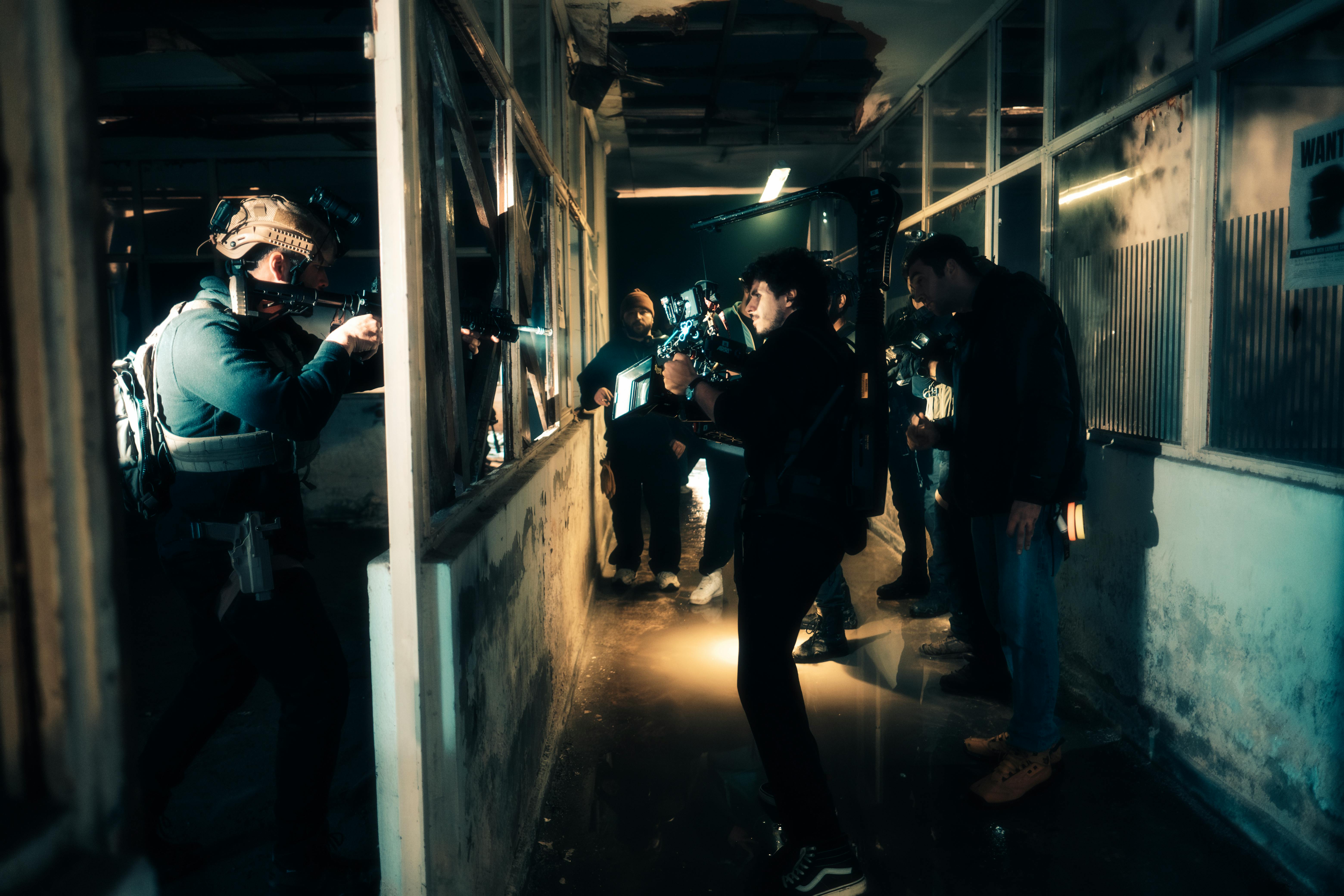
3. **Extreme Cinematography**In the relentless pursuit of authenticity and unparalleled spectacle, Hollywood filmmakers and actors often go to extraordinary lengths, literally putting themselves in harm’s way to capture a single, iconic shot. This commitment to pushing boundaries is epitomized by the sheer dedication seen in high-octane action sequences, where the line between staged illusion and genuine risk blurs. These moments are not merely about the actor’s performance, but also about the incredible bravery and skill of the entire crew, particularly the cinematographers.
A legendary instance of this extreme dedication unfolded during the production of *Mission: Impossible – Fallout* (2018). To secure the breathtaking shot of Tom Cruise’s character leaping from an aircraft, the cinematographer, not content to merely observe from a safe distance, had to sky dive alongside him. This was not a one-off attempt; Tom Cruise himself skydived approximately 106 times between practice and actual filming to perfect just one shot. The sheer repetition and inherent danger involved highlight an unwavering commitment to cinematic excellence, where the quest for an authentic, visceral experience transcends conventional safety margins.
Such a daring approach reflects a profound belief in the power of practical effects and real-world execution, even in an age dominated by CGI. While digital enhancements can create nearly any visual, the raw, unreplicable energy of a genuine stunt, captured in real time, holds a unique and powerful sway over audiences. It speaks to a pursuit of visual truth that CGI, however advanced, cannot always fully replicate. The cinematographer’s willingness to join the actor in such a perilous undertaking underscores a deeply collaborative spirit within the filmmaking community, where everyone is invested in the ultimate success of the shot.
This kind of extreme cinematography is not just about capturing an image; it is about embodying the narrative, about experiencing the risk alongside the characters. It allows audiences to feel the adrenaline, the danger, and the sheer scale of the moment in a way that green screen work might struggle to achieve. These are the moments that truly prove filmmakers are magicians, not just through illusion, but through their astonishing courage and dedication to their craft. They seek to bring an unparalleled level of immersion to the audience, transforming the act of watching into an almost participatory experience, cementing the film’s place in cinematic history for its sheer audacity and visual impact.
Read more about: Fact Check: 10 Blockbuster Movies That Seriously Bungled Their Science
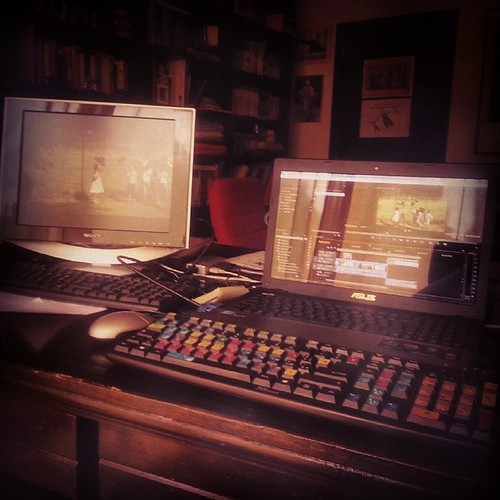
4. **Practical Illusions for Transformations**Before the advent of sophisticated computer-generated imagery, filmmakers relied on ingenious practical effects and optical illusions to achieve fantastical transformations on screen, demonstrating a remarkable blend of scientific understanding and artistic creativity. These early techniques, though seemingly rudimentary by today’s standards, were groundbreaking for their time and required immense precision and inventive thinking. They laid the foundational groundwork for all future visual effects, proving that the magic of cinema often begins with tangible, on-set trickery.
A prime example of such early innovation can be found in the 1937 film *Sh! The Octopus*. In an era when advanced VFX were simply not available, filmmakers employed an optical illusion to create the startling effect of a woman transforming into a creature before the audience’s very eyes. This kind of practical magic often involved careful camera work, clever editing, and meticulously designed props or makeup, all synchronized to create a seamless, albeit brief, moment of metamorphosis. The skill lay in misdirection and the precise manipulation of light and perspective, exploiting the limitations of the camera to create an unforgettable visual.
These methods often harnessed principles of human perception and optical physics, utilizing techniques like stop-motion photography, carefully timed dissolves, or elaborate makeup changes executed between camera cuts. The beauty of these practical illusions was their tangible nature; they were performed in front of the camera, creating a sense of immediate reality for the audience, even as they defied logic. Such effects required not only technical acumen but also a deep understanding of storytelling and how to manipulate audience expectations to maximum dramatic effect.
The legacy of these early practical illusions continues to influence filmmaking today. While CGI offers unparalleled flexibility, many modern productions still incorporate practical effects to add a layer of realism and weight that digital effects sometimes struggle to achieve. The imaginative solutions employed in films like *Sh! The Octopus* serve as a powerful reminder of the boundless creativity that has always defined Hollywood, proving that the essence of movie magic is not solely about technology, but about the timeless art of illusion itself, evolving yet ever-present, captivating audiences across generations with its power to astonish and delight.
Read more about: Honestly, What Happened To Them? 15 Iconic Special Effects From Old Films That We Forgot Still Astound Us.
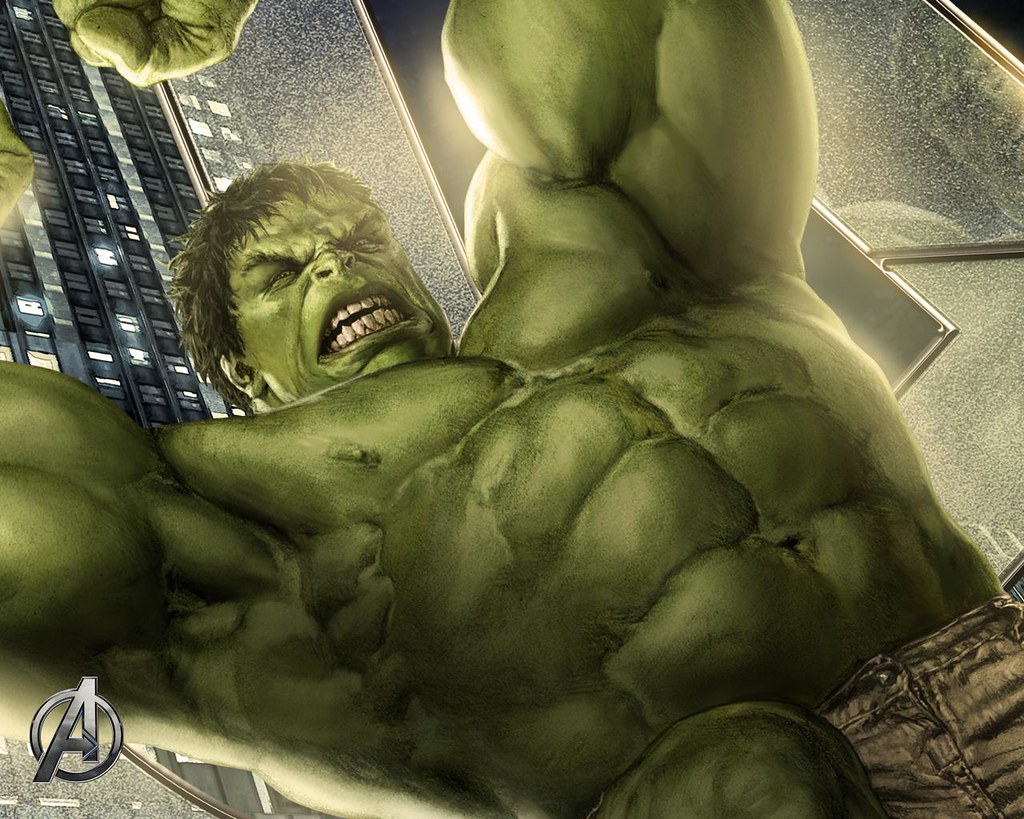
5. **Hidden Puppetry and Physical Doubles**Creating believable non-human characters, especially those that interact closely with live actors, presents a unique challenge that Hollywood has mastered through a combination of traditional techniques and modern technology. Before and alongside sophisticated CGI, filmmakers have often employed ingenious methods of hidden puppetry and physical doubles to give these fantastical beings a tangible presence on set. This approach not only provides a visual reference for the camera but also allows actors to react to something physical, enhancing the authenticity of their performances.
In *Star Wars: The Force Awakens* (2015), the beloved droid BB-8 was brought to life not solely through digital means, but by a team of dedicated puppeteers. These individuals, clad in greenscreen suits to facilitate their later removal in post-production, would literally push and manipulate BB-8 around the set. This practical on-set interaction allowed the droid to move and respond within the scene’s environment in a way that felt organic and natural, providing a genuine focal point for the actors and camera alike. The physical presence of BB-8, even if controlled by unseen hands, made him a real participant in the unfolding narrative.
Similarly, in the *Guardians of the Galaxy* (2014–) movies, Sean Gunn (brother of director James Gunn) serves as the body double for the character Rocket. While Bradley Cooper voices the CGI raccoon in the final version of the film, Sean Gunn is on set, physically crouching and crawling around to match Rocket’s height and movements. This provides the other actors with a physical entity to interact with, ensuring that their eye-lines, reactions, and physical blocking are accurate. It’s a crucial, often overlooked, aspect of performance capture that helps ground the fantastical elements of the story in a believable reality.
The genius of using hidden puppetry and physical doubles lies in this blend of the practical and the digital. It allows for the immediate, tangible interaction that informs and enriches the live-action performances, while simultaneously providing the raw material for later digital refinement. These unsung heroes, often concealed or digitally removed, are indispensable in creating some of cinema’s most memorable non-human characters. Their contribution underscores the collaborative spirit of filmmaking, where a myriad of specialized skills converge to create illusions that captivate and resonate, proving that even in the digital age, the human touch remains an essential component of movie magic.

6. **Eye-Line Solutions for CGI Characters**One of the most critical elements in making interactions with computer-generated characters feel authentic and believable is ensuring correct eye-lines between live actors and their digital counterparts. Without a proper focal point, an actor’s gaze can wander, making their reactions seem disconnected and shattering the illusion. Hollywood filmmakers have developed ingenious, often low-tech, solutions to guide actors in these complex scenarios, bridging the gap between imagination and the eventual digital reality. These methods are crucial for seamless integration, allowing human performers to connect convincingly with characters that do not physically exist on set.
A compelling illustration of this technique comes from *Avengers: Infinity War* (2018). To facilitate interactions with the formidable villain Thanos, actor Josh Brolin wore a giant, floating Thanos head on set. This oversized prop served a dual purpose: it provided a clear and consistent eye-line for the other actors, ensuring they knew precisely where to look when speaking to or reacting to Thanos. Furthermore, it offered a physical representation of the character’s imposing scale, allowing the live actors to calibrate their performances accordingly. The actual, detailed Thanos character, with all his nuanced expressions and movements, was then rendered in post-production using advanced CGI, built upon the foundation of these on-set interactions.
This simple yet effective strategy is a testament to the practical ingenuity that underpins much of Hollywood’s magic. It acknowledges that even with the most sophisticated digital tools at their disposal, the human element—the actor’s performance and their ability to genuinely react—remains paramount. By providing a physical anchor, even a rudimentary one, filmmakers empower their cast to deliver more convincing and emotionally resonant performances, making the eventual CGI character feel like a tangible presence within the scene. It’s a fundamental trick that ensures the digital character feels like an integral part of the ensemble, rather than an overlaid effect.
The use of such eye-line solutions extends beyond giant heads; it can involve anything from a tennis ball on a stick to a full-sized cutout. The common thread is the commitment to giving actors a physical reference to interact with, fostering a more authentic and immersive on-screen relationship between human and digital characters. This collaborative dance between on-set practicalities and post-production wizardry is a hallmark of modern filmmaking, ensuring that even the most fantastical beings feel truly alive and present within the cinematic narrative. It exemplifies the meticulous planning and thoughtful execution that goes into every frame, ensuring that the magic is not just seen, but deeply felt.
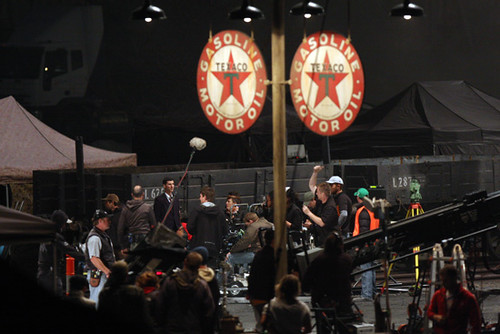
7. **Deceptive Set Design**The creation of immersive and believable worlds is a cornerstone of filmmaking, often achieved through masterful set design that employs a blend of grandeur and ingenious deception. Filmmakers frequently use clever constructions and scaled models to evoke vast environments or elaborate structures, demonstrating that movie magic is as much about illusion and perspective as it is about brute force resources. These techniques allow for breathtaking visuals that belie the often-modest or cleverly manipulated realities of the physical sets.
Consider the epic scale of *Titanic* (1997), a film renowned for its spectacular water sequences. While audiences might envision vast oceans or massive tanks, the reality was far more controlled. All of the water scenes, including the perilous moments on the ship’s deck, were shot in a giant pool that was actually only waist-deep. This seemingly simple fact reveals the power of camera angles, forced perspective, and meticulous planning to create the illusion of insurmountable depth and danger. The set designers and cinematographers worked in concert to ensure that the limited depth was never revealed, preserving the illusion of a ship succumbing to the vast, unforgiving sea.
Another brilliant example of deceptive set design is *The Grand Budapest Hotel* (2014). The eponymous hotel, a central and stunning character in the film, isn’t even an actual, full-sized place. Instead, it was meticulously designed and built as a miniature model specifically for the film. This allowed director Wes Anderson and his team unparalleled control over its aesthetic, enabling them to create a whimsical, intricate, and utterly unique architectural marvel that would have been prohibitively expensive or impossible to find in reality. The miniature, brought to life through careful lighting and camera work, became a vibrant, living entity within the movie’s distinct visual style.
These instances underscore the profound skill of production designers in crafting immersive worlds with often limited or cleverly repurposed resources. Whether it’s simulating a vast ocean in a shallow pool or constructing an entire fictional edifice in miniature, the goal is always to create a compelling visual narrative that supports the story. Such deceptive set design highlights the enduring power of practical effects and the artistic ingenuity that transforms humble materials into cinematic spectacle. It’s a testament to the fact that Hollywood’s magic is often woven from the threads of ingenuity and illusion, proving that imagination can triumph over mere physical scale to create unforgettable cinematic landscapes.
Read more about: Drivers, Beware: 6 High-Risk Used Cars You Must Think Twice About Before Buying in 2025
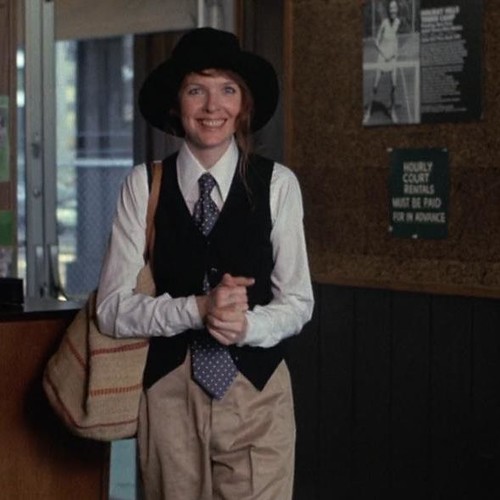
8. **The Art of the Script Rewrite**Beyond the visible marvels of set pieces and digital wizardry, one of Hollywood’s most foundational, yet often unseen, secrets lies in the meticulous crafting and relentless refinement of the very blueprint of a film: its script. A compelling narrative is the bedrock upon which all cinematic magic is built, and achieving that perfection rarely comes easily, demanding an iterative process of creation, critique, and wholesale reinvention. This intricate dance of words and ideas often defines a film’s eventual success, profoundly shaping its grand narrative long before cameras even begin to roll.
The journey from an initial concept to a polished screenplay is fraught with complexities, requiring studios to invest heavily in specialized talent. As revealed in insights into the industry’s inner workings, major studios frequently engage script consultants, experts whose sole purpose is to perfect projects by honing dialogue, refining plot points, and deepening character motivations. This dedication to narrative excellence underscores a profound understanding that even the most spectacular visuals cannot compensate for a weak or inconsistent story.
Indeed, the path to cinematic excellence is rarely straightforward, as exemplified by the critically acclaimed film *The Shape of Water*. This masterpiece, before it graced our screens, underwent an astounding journey of more than fifty drafts. Such a revelation is a testament to the unwavering commitment required to achieve narrative precision, illustrating how countless hours of revision, collaboration, and insightful feedback are woven into the very fabric of award-winning storytelling. It’s a painstaking process, but one that ultimately ensures every narrative beat resonates with profound impact.
This exhaustive process of rewriting and refining extends beyond mere grammatical corrections; it involves reshaping entire arcs, adding layers of subtext, and ensuring thematic coherence. The result is a narrative that not only holds an audience’s attention but also sparks their imagination, evokes genuine emotion, and ultimately shapes their entire perception of the cinematic experience. The script, therefore, isn’t just a document; it’s a living, evolving entity, continuously sculpted to achieve maximum dramatic and emotional effect, proving that the earliest stages of storytelling are just as magical as the final cut.
Read more about: Shelved But Recalled: 10 Mid-Engined American Concepts That Pushed Performance Boundaries
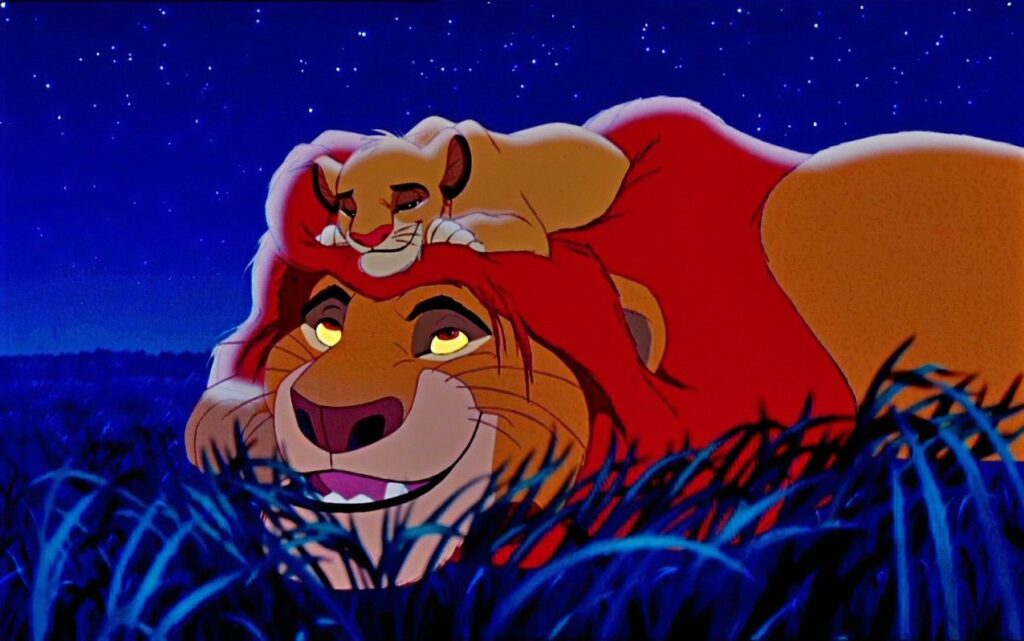
9. **The Emotional Impact of Soundtracks**While dazzling visuals often capture immediate attention, the unsung hero working tirelessly to define a film’s emotional landscape and profoundly shape audience perception is its soundtrack. A carefully crafted musical score, far from being mere background noise, is an integral storytelling tool, capable of eliciting deep emotional responses, building suspense, and imbuing scenes with an unforgettable atmosphere. It is through sound that a film’s grand narratives often achieve their most potent and lasting resonance.
The strategic deployment of music can elevate a cinematic experience from merely good to truly sublime. The 2023 film *Dune* stands as a compelling illustration of this principle, utilizing an evocative soundtrack that transcended conventional scoring to profoundly enrich its already stunning visual storytelling. The score became a character in itself, guiding viewers through vast desert landscapes and intimate emotional struggles, demonstrating how sound can imbue a narrative with unparalleled depth and a sense of otherworldliness.
From a director’s vision, a talented composer meticulously weaves motifs, harmonies, and orchestrations that subtly (or overtly) manipulate a viewer’s feelings, deepening their connection to the characters and heightening the drama unfolding onscreen. The perfect musical cue can transform a simple glance into a moment of profound romantic tension, or an ordinary walk into a harrowing journey, proving that the auditory dimension is just as critical as the visual in crafting immersive cinematic worlds. It’s a complex artistry that speaks directly to the soul.
This intricate collaboration between sight and sound ensures that the narrative not only unfolds visually but is also deeply felt on an emotional level. The soundtrack works as a powerful, subliminal guide, directing the audience’s attention, reinforcing themes, and cementing the film’s overall mood. It’s a testament to the comprehensive artistry of filmmaking that every sensory detail is painstakingly engineered to perfect Hollywood’s grand narratives and to profoundly shape the audience’s indelible emotional memory of a film.
Read more about: Your Ultimate Guide: The 15 Best Streaming Services for Iconic 1980s Movies

10. **The Role of Marketing Wizards**Before a film even graces the silver screen, its destiny is significantly shaped by another cadre of Hollywood magicians: the marketing wizards. These strategic masterminds operate behind the scenes, tirelessly working to unravel audience preferences and craft compelling campaigns that generate anticipation and drive attendance. Their ingenuity in strategic marketing is not merely an afterthought; it is a mandatory component for film success, directly influencing how a narrative is perceived and embraced by the global audience.
The sophisticated art of film marketing extends far beyond simple advertising. Modern marketing teams employ innovative ‘move grids’ and advanced data analytics to dissect demographics, identify cultural trends, and predict viewer preferences. This exhaustive research allows them to precisely tailor their messaging, ensuring that a film’s core themes, emotional impact, and unique selling points resonate powerfully with its intended audience. It’s about creating a conversation and a connection long before opening night.
The marketing campaign for the film *Barbie* exemplifies this prowess, showcasing a masterclass in harnessing the power of social media and viral campaigns. By creating an immersive, interactive, and ubiquitous presence across digital platforms, the marketing team transformed a film release into a global cultural phenomenon. This strategic saturation and engagement didn’t just promote the movie; it meticulously crafted an entire aesthetic and conversation around it, making the film’s narrative an essential part of the contemporary zeitgeist.
Ultimately, these strategic campaigns are instrumental in perfecting Hollywood’s grand narratives by framing them within an appealing cultural context and shaping audience perception. They dictate the initial lens through which a film is viewed, influencing everything from critical reception to box office returns. The marketing team ensures that the carefully constructed story reaches its audience not just as entertainment, but as an event, a conversation starter, and an indelible cultural moment, showcasing the profound impact of off-screen strategy on on-screen success.
Read more about: 11 Global Icons: Unpacking the Diverse Journeys of Entertainment’s Most Famous Personalities
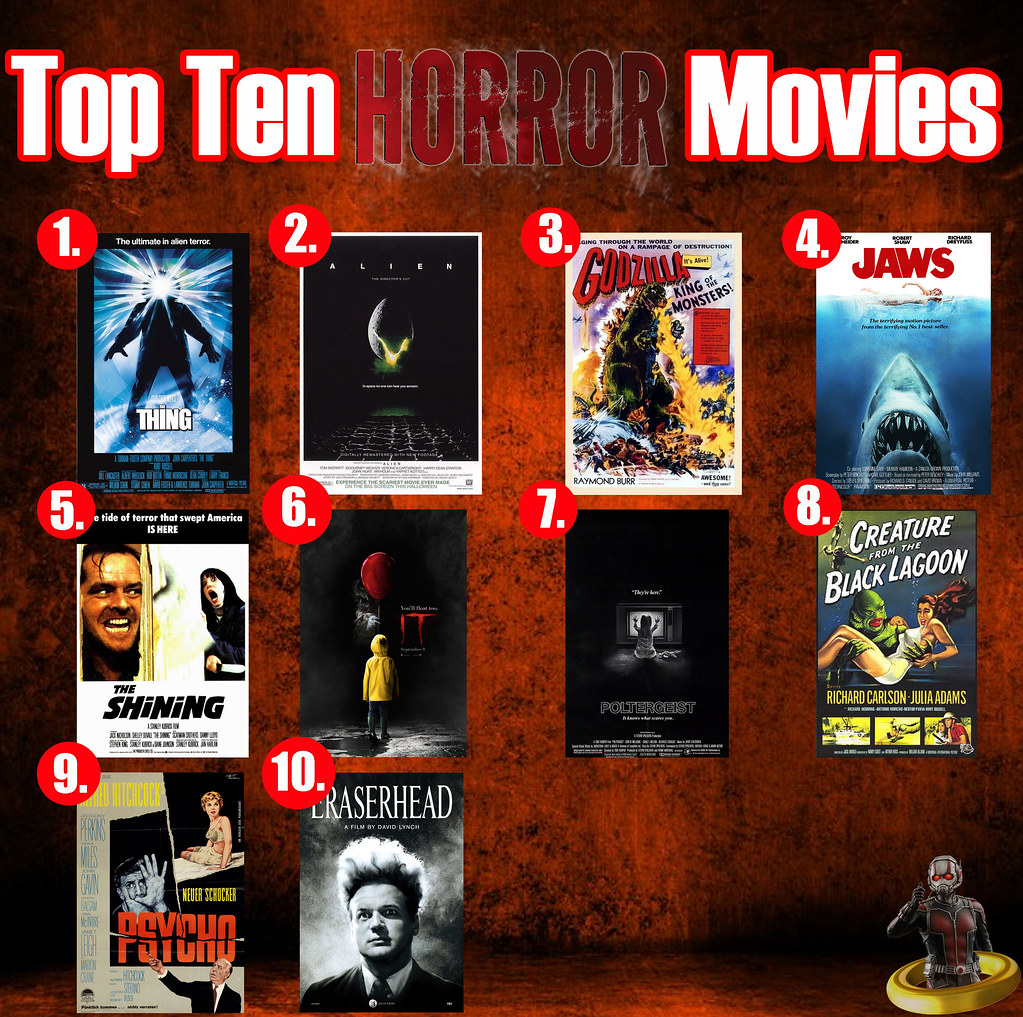
11. **Historical Revisionism in Films**Hollywood’s intricate dance with history often involves a subtle, yet significant, form of magic: historical revisionism. While many films are inspired by true events, the demands of narrative cohesion, dramatic tension, and character development frequently lead filmmakers to depart from strict factual accuracy. This creative license, though essential for compelling storytelling, can spark considerable debate, reflecting Hollywood’s complex and often contentious relationship with truth and artistry, and ultimately shaping how audiences perceive historical events.
The motivation behind such alterations is typically to serve the narrative, streamlining complex historical timelines or enhancing the emotional arc of central characters. However, this pursuit of storytelling perfection can sometimes come at the cost of fidelity, as seen with films like *The Imitation Game*. This critically acclaimed movie faced significant backlash for altering factual narratives, particularly concerning the personal life and social interactions of Alan Turing, in favor of a more dramatic and accessible storyline. These choices illuminate the delicate balance filmmakers navigate.
These instances provoke broader discussions about the ethical dimensions of storytelling liberties, forcing audiences and critics alike to consider where the line between artistic interpretation and historical misrepresentation lies. It highlights that cinema, while a powerful medium for conveying history, is fundamentally an art form first, and its primary goal is to tell a compelling story. The nuances of accuracy are often secondary to the overarching emotional truth a filmmaker seeks to impart, which in turn profoundly impacts audience understanding and memory.
Therefore, historical revisionism, while controversial, serves as a powerful tool in perfecting Hollywood’s grand narratives. By selectively highlighting, omitting, or embellishing certain aspects of the past, filmmakers can craft stories that resonate more deeply, provoke greater thought, or simply entertain more broadly. This shaping of historical context undeniably influences audience perception, demonstrating how Hollywood not only reflects culture but actively molds its interpretation of the past, transforming historical events into accessible and emotionally charged cinematic experiences.
Read more about: The Unbearable Weight of Regret: Deconstructing James Cameron’s Singular Apology for a Pivotal ‘Titanic’ Scene
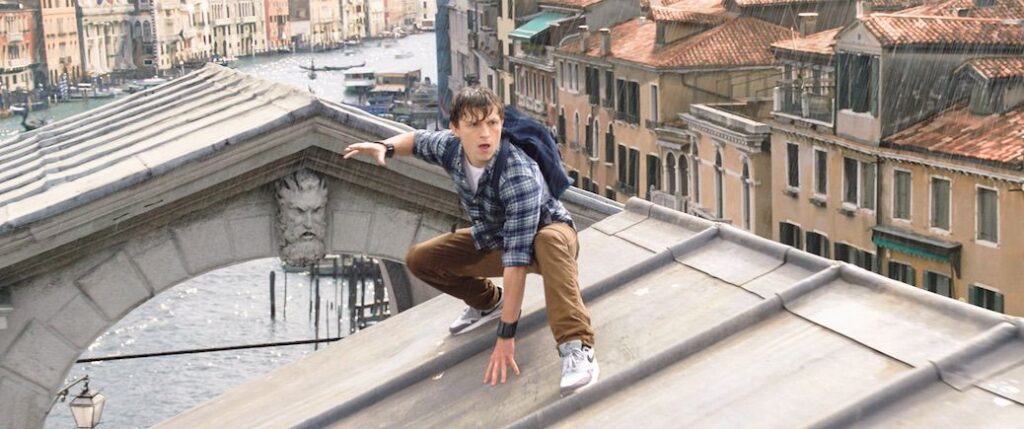
12. **Subtle Digital Alterations for Narrative Cohesion**In an age dominated by advanced computer-generated imagery, the magic of filmmaking isn’t always found in spectacular explosions or fantastical creatures; often, it lies in the subtle, almost imperceptible digital alterations that ensure narrative cohesion and preserve the intended emotional tone. These meticulous adjustments, executed in post-production, are crucial for shaping audience perception by eliminating any visual inconsistencies that might inadvertently break the carefully constructed illusion and pull viewers out of the story.
A compelling illustration of this unseen artistry comes from Christopher Nolan’s war epic, *Dunkirk* (2017). During the film’s teaser trailer release, eagle-eyed viewers spotted an extra in the background who, perhaps due to the chaos of filming, was visibly smiling. Given the film’s somber and intense subject matter, a smiling face in such a dire context would have been jarringly out of place. Consequently, for the film’s actual release, this extra was digitally altered, his expression changed via CGI to appear as a frown.
This seemingly minor alteration highlights the profound commitment to maintaining a consistent mood and narrative integrity throughout the film. Such precise, almost invisible digital trickery ensures that every visual element supports the director’s vision, preventing any unintentional moments of levity or incongruity from undermining the gravitas of the scene. It’s a testament to the fact that every pixel is scrutinized, every frame polished, to ensure the audience’s emotional journey remains uninterrupted and authentic to the story being told.
By undertaking such detailed digital refinements, filmmakers exercise an unparalleled degree of control over the final product. These subtle manipulations are a vital component of visual deception, designed specifically to perfect Hollywood’s grand narratives by eliminating distractions and reinforcing the intended emotional landscape. It ensures that the audience’s immersion is total, solidifying the film’s power to captivate and convince, even when the magic is so discreet it goes entirely unnoticed, cementing its role in shaping audience perception.
Read more about: Guard Your Investment: 14 Common Mistakes That Instantly Slash Your Classic Car’s Value by $10,000

13. **Audio Illusions: The Art of Sound Design**While visual splendor often takes center stage, the true depth of movie magic is frequently achieved through sophisticated audio illusions, where the art of sound design transforms the ordinary into the extraordinary and the fantastical into the believable. This is a realm where creativity knows no bounds, and sound designers craft specific auditory signatures that profoundly impact narrative and audience perception, often drawing inspiration from the most unexpected sources.
A legendary example of this ingenious auditory crafting comes from Steven Spielberg’s iconic *Jurassic Park* (1993). To create the terrifying, guttural roar of the film’s velociraptors, sound designers delved into an unconventional wellspring of inspiration: the noises of mating tortoises. This seemingly bizarre choice yielded a sound that was utterly unique, primal, and terrifying, perfectly imbuing the CGI creatures with a visceral, animalistic presence that elevated their menace on screen.
The genius behind such selections lies in their ability to evoke a specific, primal response without explicitly revealing the source. By manipulating, layering, and distorting these real-world sounds, sound designers can create an entirely new sonic palette that enriches the film’s universe, making alien creatures feel tangible and fantastical environments sound authentic. It’s a meticulous process that requires both technical skill and an imaginative ear, transforming raw sound into a powerful storytelling element.
This meticulous attention to auditory detail is crucial for perfecting Hollywood’s grand narratives. The right sound can enhance tension, build character, and immerse audiences more deeply into the cinematic world, often without them consciously realizing why they feel a certain way. These hidden audio illusions are a testament to the comprehensive artistry of filmmaking, proving that what we hear is just as vital as what we see in shaping our emotional connection and overall perception of movie magic.
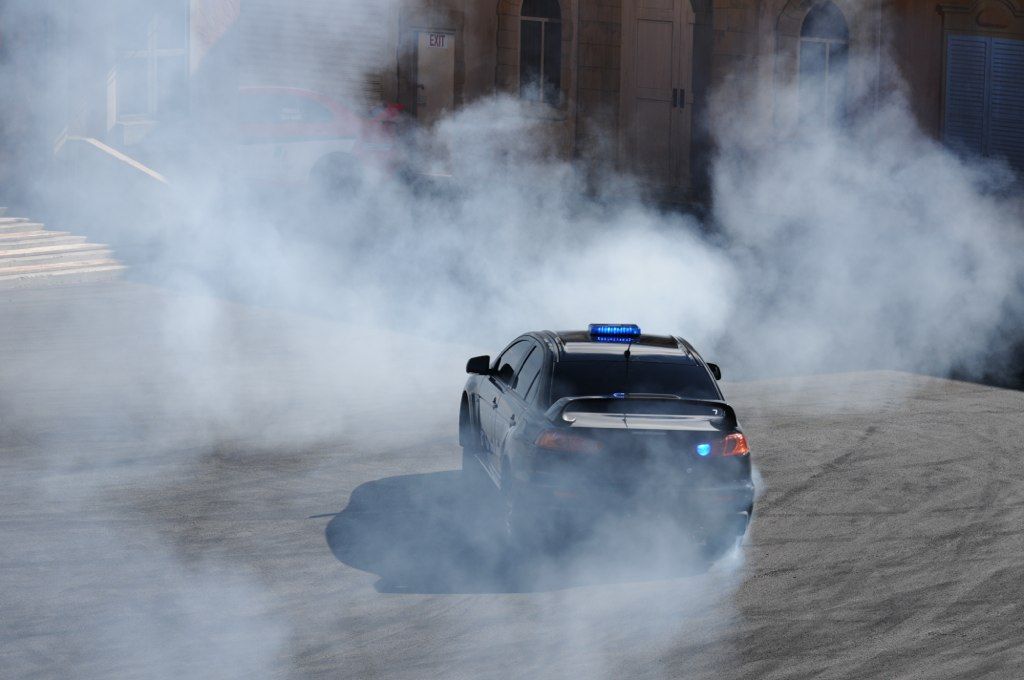
14. **Real-World Stunt Engineering and Precision**Bringing Hollywood’s grand narratives to life often demands a commitment to authenticity that extends into the realm of real-world stunt engineering, where complex sequences are meticulously choreographed and executed with breathtaking precision. This intricate blend of daring human performance and ingenious mechanical design creates visceral spectacle, ensuring that even the most ambitious action set pieces are grounded in tangible reality, profoundly impacting audience perception of excitement and danger.
Consider the incredibly complex car chases featured in *Baby Driver* (2017). Instead of relying solely on green screen effects, filmmakers opted for a groundbreaking practical approach to achieve unparalleled realism. To allow lead actors to perform within the actual vehicle while ensuring the utmost control and safety for the high-speed maneuvers, a stunt driver was positioned in a specialized contraption *on top* of the prop car, driving from up there. This seemingly impossible feat delivered an authenticity that CGI alone might struggle to replicate.
This ingenious solution enabled the production to capture genuine reactions from the actors within the practical environment, fostering a dynamic interaction between performance and spectacle. It’s a testament to the dedication of filmmakers who prioritize tangible effects, even when they require extraordinary engineering and coordination. The result is a raw, kinetic energy that permeates the screen, making the audience feel every turn, every near-miss, with an intensity that truly captivates.
Such real-world stunt engineering and precision are vital for perfecting Hollywood’s grand narratives, particularly in the action genre. By pushing the boundaries of what is practically achievable, filmmakers create iconic moments that blur the lines between staged illusion and genuine thrill. This dedication not only showcases the remarkable skill and courage of the crews involved but also powerfully shapes audience perception, forging an unforgettable, immersive cinematic experience that speaks to the enduring magic of practical effects.
Read more about: Behind the Engine: 15 Major Innovations That Flat-Out Refused to Catch On in the Auto Industry
As our journey through Hollywood’s most ingenious secrets concludes, it becomes undeniably clear that the allure of movie magic extends far beyond the dazzling spectacle on screen. From the countless revisions that sculpt a narrative’s soul to the silent symphony that stirs our emotions, and from the calculated strategies that capture our attention to the meticulous details that perfect every frame, the industry operates on a fascinating tapestry of hidden artistry. These unsung heroes and unseen techniques, whether rooted in cutting-edge technology or timeless ingenuity, coalesce to create stories that not only entertain but truly captivate and resonate. Hollywood, in its essence, remains a crucible of innovation, constantly evolving to astonish audiences, ensuring that its grand narratives continue to enchant and inspire for generations to come. The magic, it turns out, is in every meticulously planned, brilliantly executed, and passionately shared secret, making us forever eager for the next revelation on the silver screen.



